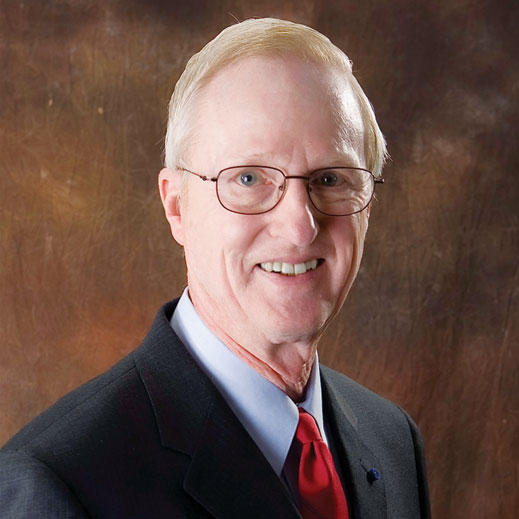When Jim Symons was a high-school senior headed to college, his parents invested $40 in an aptitude test. The results suggested civil engineering at a college like Cornell. Although Symons was bored when he began studying that subject, he snapped to attention when a professor referred to “BOD,” something that his father, who ran a wastewater treatment plant in Buffalo, New York, had often mentioned. BOD, he found out, means biochemical oxygen demand, a test that can indicate the amount of organic material in water. “I always wondered what my father was talking about,” he recalls. “I decided to listen, and I was on my way as a sanitary engineer.”

Symons arrived at MIT in 1954 just as the field was facing challenges such as coping with synthetic organic contaminants and innumerable other new substances. The program emphasized broad training in chemistry, biochemistry, and microbiology, and as “MIT doctoral graduates spread out teaching this philosophy,” Symons says, sanitary engineering was fundamentally changed.
After graduation, Symons taught at MIT until the sanitary-engineering program was phased out in the early 1960s. Then he joined the U.S. Public Health Service, where he initially studied the water quality of lakes and reservoirs.
“The problem of carcinogens forming during the disinfection of drinking water surfaced in 1972, and my research team was assigned to figure out how to mitigate this problem,” says Symons. When political changes caused funding to diminish in 1982, he returned to academia as a professor at the University of Houston in order to continue that research. He retired in 1997. His professional honors include a professor-of-the-year award, election to the National Academy of Engineering, and the Abel Wolman Award of Excellence from the American Water Works Association (AWWA).
In 1992, Symons compiled 101 questions and answers that became Plain Talk about Drinking Water, a book published by the AWWA that has sold some 140,000 copies through five expanded editions. In the book and in public lectures, he emphasizes the safety of U.S. tap water. “To drink bottled water because you think the tap water is unsafe is a waste of resources,” he says, citing costs for producing, filling, transporting, and disposing of billions of bottles.
These days Symons and his wife, Joan, travel extensively. “We’ve never had a bad trip, and usually our most recent trip seems to be our favorite,” he says. “Having lived through the Cold War, it still gives me chills to have actually been in the Kremlin, the ‘center of evil.’”
Keep Reading
Most Popular
Large language models can do jaw-dropping things. But nobody knows exactly why.
And that's a problem. Figuring it out is one of the biggest scientific puzzles of our time and a crucial step towards controlling more powerful future models.
The problem with plug-in hybrids? Their drivers.
Plug-in hybrids are often sold as a transition to EVs, but new data from Europe shows we’re still underestimating the emissions they produce.
Google DeepMind’s new generative model makes Super Mario–like games from scratch
Genie learns how to control games by watching hours and hours of video. It could help train next-gen robots too.
How scientists traced a mysterious covid case back to six toilets
When wastewater surveillance turns into a hunt for a single infected individual, the ethics get tricky.
Stay connected
Get the latest updates from
MIT Technology Review
Discover special offers, top stories, upcoming events, and more.